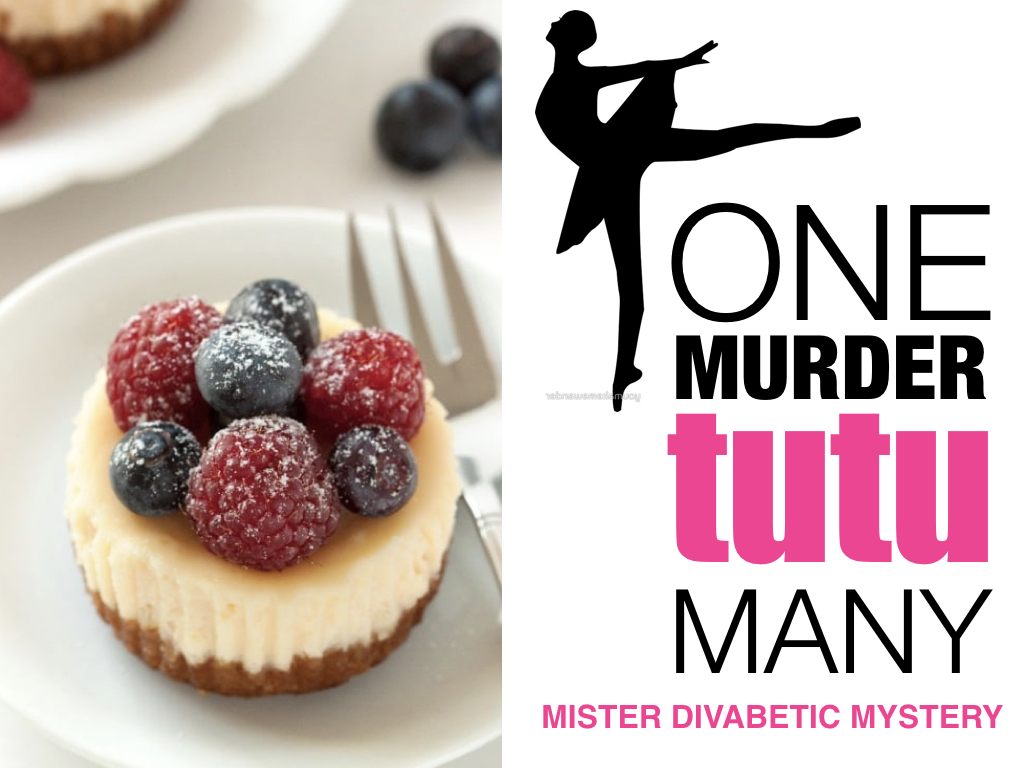Scan the grocery aisles, neighborhood bakery or office cupboard and it’s impossible to miss the multitude of products proclaiming that they are “gluten-free.” Or go on Instagram and be barraged by yet another celebrity who has banished gluten from their diet. And as you can see by the photo below, it looks like even savvy NYC Christmas tree vendors are jumping on the bandwagon.
All kidding aside, I can’t help but wonder if there’s any truth to the gluten free food trend? Is it real or hype? And should you really be concerned about all or any of the gluten lurking around in your diet?
I reached out to Virginia-based Jill Weisenberger, MS, RDN, CDE, CHWC, FAND, author of ‘The Overworked Person’s Guide to Better Nutrition’ to help make sense of the chaos surrounding the gluten free food trend. Here’s our interview:
Q: Is Gluten Free real or hype?
Jill Weisenberger, (JW): It’s both. It’s for real and it’s hype.
Completely avoiding gluten, a protein in wheat, rye and barley, is critical for anyone with celiac disease and anyone with a diagnosed gluten sensitivity. It’s a problem when people self-diagnose and stop consuming gluten. You really need to nail down the diagnosis before starting a gluten-free diet, which is the only treatment for celiac disease. The only way to diagnose celiac disease is to have an intestinal biopsy after regularly consuming gluten. So if people have the biopsy after avoiding gluten, they might be told that they don’t have celiac disease when they really do.
Celiac disease, by the way, is an autoimmune disease, and gluten damages the small intestine.
It’s hype when it comes to weight loss and general health for anyone who is not intolerant to gluten. Only those people with celiac disease or another gluten intolerance should be on a gluten-free diet. If others feel more energetic or sleep better or have other benefits, it’s probably from an improved diet and not from the avoidance of gluten. Since gluten is in wheat, a gluten-free diet usually means fewer baked goods and less highly processed snacks and other foods. I think people feel better because they replaced packaged snacks with wholesome, health-boosting foods like fruit and nuts and yogurt – not because they gave up gluten.
Q: What does ‘gluten free’ really mean?
JW: Someone with celiac or other gluten intolerance must avoid gluten from all sources. This is not easy! Gluten is found in wheat, barley, rye, contaminated oats and all products made with them. You’ll find gluten in baked goods, candy, bread, soups, soy sauce, beer, even lots of lunch meats and cottage cheese. And even lipsticks and medications can contain gluten.
Q: What can I eat on a gluten free diet?
JW: Certainly someone with celiac disease or a gluten sensitivity has lots of restrictions, but there are lots of good options too. It’s important to consume the least restricted diet possible. This is true for everyone. By eating a large variety of foods, you will get the most possible nutrients. Focus on fruits, vegetables, milk, lean protein sources like fish and poultry, legumes like lentils and black beans. There are lots of grains that are gluten free. A few to try out are buckwheat, millet, quinoa, rice and sorghum.
Q: How difficult is it to be gluten free?
JW: Fortunately, there are lots of gluten-free products identified in supermarkets, but people have shared with me that avoiding all gluten is difficult. This is especially true in restaurants, other people’s homes and at parties. Even well-meaning waitstaff and friends get confused and foods that may contain hidden gluten. Condiments can be a problem. Another big problem is cross contamination. Say you have celiac disease, but live with people who don’t. If someone spreads mustard on bread and puts the knife back into the mustard, it may now be contaminated with gluten.
Q: Who should be gluten free?
All people with celiac disease and those with non-celiac gluten sensitivity must follow a gluten-free diet. Both type 1 diabetes and celiac disease are autoimmune diseases. Research shows that they have a similar genetic basis. Often people with type 1 diabetes will also have celiac disease. Everyone with type 1 diabetes should discuss getting tested for celiac with their doctor. People with diabetes but without celiac disease or documented gluten sensitivity do not need to eat a gluten-free diet.
Q: How about people with type 2 diabetes? Should they be on a gluten free diet?
JW: Celiac disease is not more common among people with type 2 diabetes than it is among the general public. I don’t recommend a gluten-free diet for people who don’t need it because the more restricted a diet is, the fewer health-boosting nutrients it’s likely to provide.
Q: Why would I choose to eat gluten free foods if I’m not gluten intolerant?
JW: There’s no need to eat foods made specifically for a gluten-free population unless you have celiac disease or a diagnosed gluten sensitivity.
Q: Does ‘gluten free’ mean healthier? or What’s the biggest misconception about gluten free?
JW: Definitely not. In fact, gluten-free breads and other products often lack the iron and vitamins found in traditional products. This is why it’s so important to work with a registered dietitian nutritionist skilled in gluten-free diets. Some people think that foods marked gluten-free or free of another nutrient must be more healthful. This is false.
Q: Is a gluten free donut better for me than a regular donut?
JW: Sorry no. A donut is a donut is a donut. It’s a now and then food – gluten or no gluten.
Q: Can I be gluten free without eating gluten free packaged foods?
JW: Yes. Just like someone can eat a wholesome gluten-containing diet without relying on packaged foods, it’s possible to eat a variety of foods without gluten without buying a single special product. But it’s okay to buy them. Just be intentional about it. Gluten-free doesn’t mean wholesome. Again, this is why working with a skilled registered dietitian nutritionist is so important.
Q: Jill, any final thoughts on gluten free diets?
JW: This is potentially a difficult diet to follow, and it leaves you vulnerable to nutrient deficiencies. You can find a RDN to help you at eatright.org.
Jill Weisenberger MS, RDN, CDE, CHWC, FAND, author of The Overworked Person’s Guide to Better Nutrition, is your resource for all things nutrition, food and diabetes.
The Overworked Person’s Guide to Better Nutrition offers bite-sized nutrition tips for busy people looking for solutions to their everyday food and nutrition problems. This book is filled with diet strategies for weight loss and overall better health that can help anyone, on any schedule, eat and feel better. Meant to be picked up and read piecemeal, every page is packed with interesting tips designed to improve nutrition and relieve stress and guilt. Healthier habits can fit with any schedule!
Whether she’s speaking, writing, chatting on social media, appearing on TV or working with individuals, Jill’s candid and energetic approach appeals to busy people, and her sound nutrition and fitness advice gets results. In fact, her appreciation for science and ability to translate science into actionable information earned her a place in US News & World Report’s 10 Dietitian’s You Need to Follow on Social Media.
Jill Weisenberger‘s specialties include weight control, heart health, diabetes, pre-diabetes, wellness and nutrition for people with hectic lives. She’ll make nutrition science understandable, realistic and oh so delicious.
On December’s Diabetes Late Nite podcast we’re celebrating a Blue Christmas. I chose this theme in December because ‘Blue’ is the color that I feel is most closely associated with diabetes and more importantly, it gives us an opportunity to raise awareness for the mental health issues related to diabetes. Guests include Chilbrook Kennels Breeder Author, Diabetes Alert Dog and Scent Detection Expert, Debby Kay, Poet Lorraine Brooks, Susan Weiner MS, RDN, CDE, CDN, the Charlie’s Angels of Outreach featuring Patricia Addie-Gentle RN, CDE, Rachel Zinman, Dr. Mandy Reece PharmD, CDE, BC-ADM, and America’s #1 Energy Conductor, High Voltage.
Throughout the podcast we will be featuring songs from the new “Christmas with Elvis and The Royal Philharmonic Orchestra
https://youtu.be/Uwfz5mMLSDM













